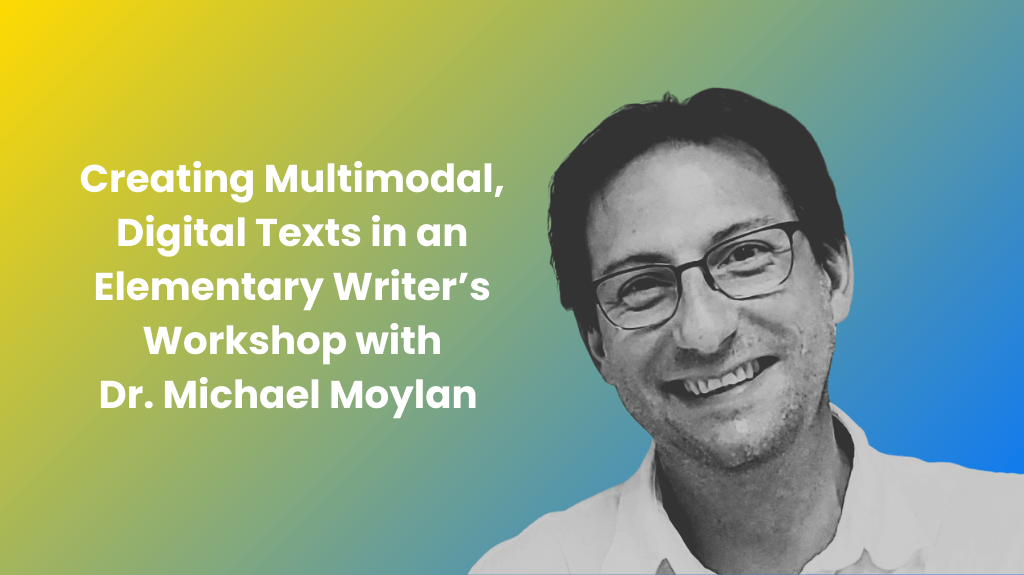
To answer this question, I conducted a formal case study on using Book Creator with fifth-grade students, the results of which indicate that using Book Creator: (a) fosters high levels of engagement, (b) enhances meaning-making, (c) fosters opportunities for collaboration, (d) provides opportunities for publishing of professional-looking books for an authentic audience, and (e) fosters writing skills and writer identity.
The research article was initially published and is currently accessible in Language & Literacy—“It Makes Me Feel Like a Real Author”: Creating Multimodal, Digital Texts in an Elementary Writer’s Workshop.
Additionally, since 2015, I’ve experienced students across grade levels and content areas incorporating Book Creator in their learning—from first grade through fifth grade, from reading, writing, and math to science, community-building activities, school clubs, and STEM.
Using mentor texts and digital tools to spark student voice
One of my earliest experiences with Book Creator was during a back-to-school activity to learn more about the incoming fourth-grade students. They created an ABC book about themselves in the style of the picture book, Q is for Duck by Mary Elting and Michael Folsom.
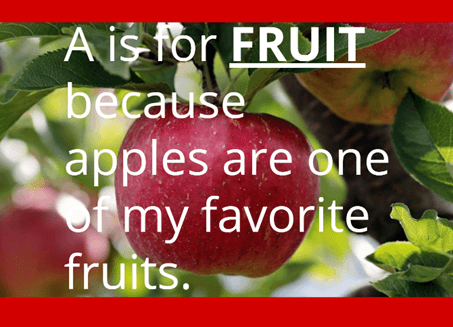
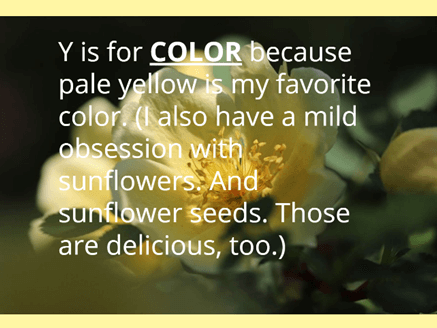
This was highly engaging as students discussed with one another various ways of incorporating their ideas as images, links, narration, and text. They examined the design of each page, the colors, and fonts. The students enjoyed presenting their books and themselves to their new classmates.
More recently, as part of the research study, students commented that Book Creator motivates them to write more, reduces limitations, and furthers their creativity and imagination. In the words of one student, “Book Creator is probably one of the best writing apps that helps you grow as a writer. Just because, one, it's got so many features, but it gives you a different way of looking at your own writing.” (Bruce)
Smile for Collaboration
Another early experience was facilitating book commercials with fourth-grade students. Three girls debated their approach to Smile, a graphic novel by Raina Telgemeier. They opted to use single, comic-type images rather than video in their production to more closely resemble the novel.
While listening to their ideas, I informed them of an app called Paper that could turn their pictures into color sketches. They chose to import those sketches into Book Creator and utilize the app’s comic features to emulate the style of Smile.
Finally, they exported the entire project from the iPad as a movie file, which was uploaded to SchoolTube for a more authentic audience. The video has since been moved to Google Drive.
These three students were highly engaged and collaborative, considering myriad modes in their meaning-making process. They debated and cooperated on what to write, film, edit, narrate, and perform. I simply facilitated the learning process by identifying the technology needed to meet my students’ goals.
Scaling back to enhance meaning-making
Aside from community building and writing projects, students have demonstrated high levels of engagement and new ways to collaborate when using Book Creator in math and STEM to demonstrate their understanding of new concepts.
Recently, while attending school in a hybrid model during Covid, a model that required social distancing, my fifth-grade acceleration and enrichment math students were still able to work together on a project following a unit on ratios, proportion, and scale.
Students were tasked with constructing a scaled-down version of the classroom using balsa wood. However, to accomplish this, they first had to measure the classroom, convert the measurements, draw detailed architectural-type plans, determine the cost of materials, and divide up the construction duties.
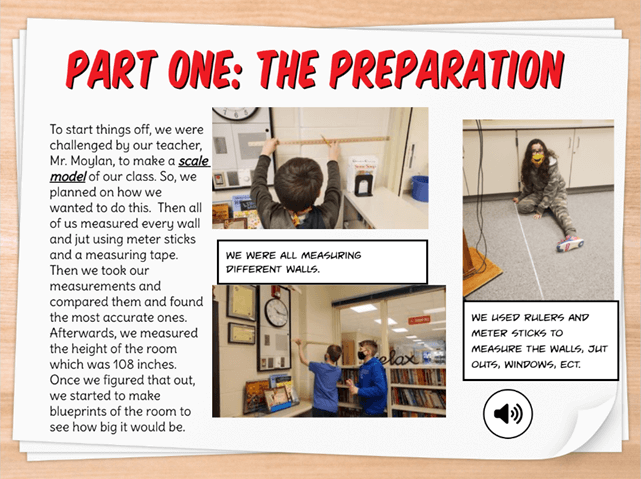
All aspects of the project were recorded in Book Creator, including a hyperlinked table of contents and glossary, images taken throughout the project, and links to the materials purchased. Students even chose to narrate the text turning their eBook into an audiobook.
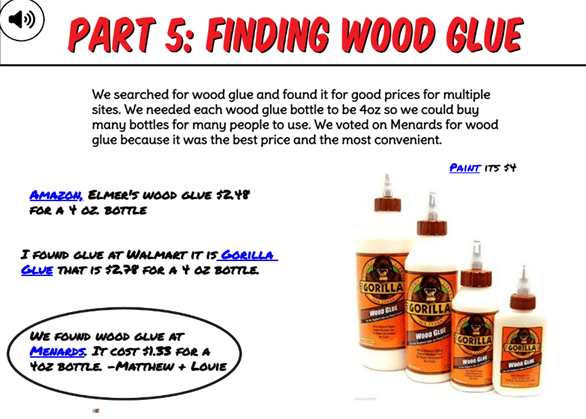
Adopt a highway for an authentic audience
When the Heartland Elementary School student council opted to complete a service project for the community, they wanted to present their efforts to the local school board.
Students across multiple grade levels participated in a roadside cleanup endeavor known as “Adopt a Highway.” During this event, students documented their efforts with pictures.

Following the event, they selected Book Creator in which to create a professional-looking informational text to share with the school board. Their book included maps, images, captions, and headings. All typical features found in actual informational text.

Eat This! To develop writing skills
Continuing a note-taking practice I began a few years ago, my fourth-grade acceleration and enrichment students maintain a digital readers’ notebook in Book Creator for each novel and text they read. While reading, they can synthesize content, ask questions, make connections, infer, identify Signposts, and otherwise demonstrate their comprehension.
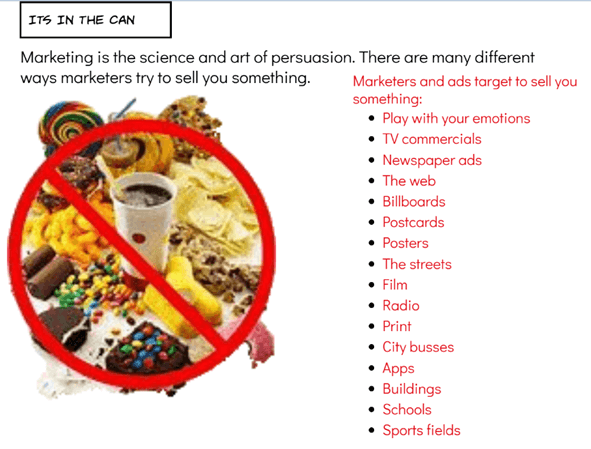
This year, one of the books they read was Eat This! How Fast-Food Marketing Gets You to Buy Junk (and how to fight back) by Andrea Curtis. Students added images, gifs, headings, and so on to make connections to the world around them and synthesize the material.
While students are annotating their thinking when reading, they are also developing their writing skills through the incorporation of multiple modes in their meaning-making.
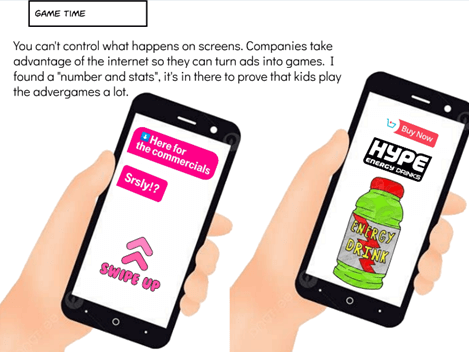
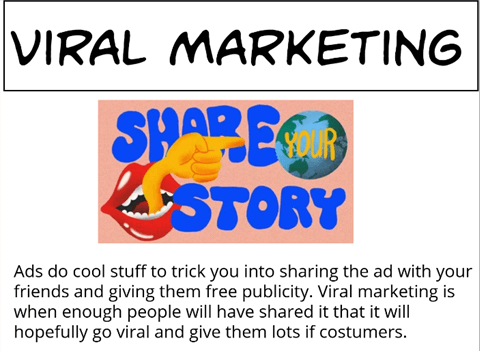
From consumers to creators
I hope the implementation ideas provided here spark new ideas for teachers, staff, and students. There are myriad ways for students to demonstrate their understanding of concepts and express themselves through Book Creator.
Moreover, as students worked on the projects mentioned above, they showed high levels of engagement and collaboration. They wrote, revised, and sought peer feedback throughout the writing process.
The students embraced the multimodal features of Book Creator, giving increased thought to page design and how best to present the information in a more professional-looking manner to convey meaning.
Technology is ever changing. Yet, students can develop from being passive consumers of information to active producers of multimodal content. They can become effective 21st-century communicators.
However, teachers will need to take a chance, to provide students with time, space, and opportunities to engage, collaborate, and convey meaning in new multimodal ways—to allow them to emulate professional writers, contribute authentically, and see themselves as writers.
For more on the subject, please read “It Makes Me Feel Like a Real Author”: Creating Multimodal, Digital Texts in an Elementary Writer’s Workshop from Language & Literacy.
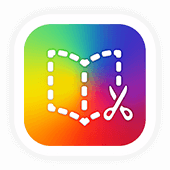
Get Book Creator for your school!
- Upgraded accounts for all your teachers
- Implementation plan to help with rollout
- PD support
- Analytics & admin dashboard



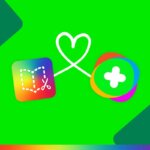

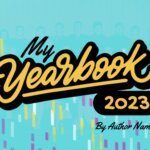
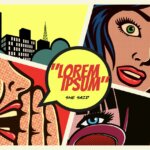
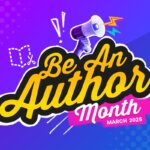


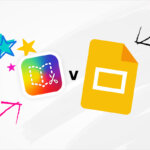
One Comment on “From Content Consumers to Published Authors: The Power of Book Creator in the Classroom”
This article beautifully illustrates how Book Creator transforms students from passive content consumers into active, confident authors. The integration of multimodal tools not only enhances engagement but also fosters a deeper connection to the writing process. It’s inspiring to see technology being used to empower student voices and creativity in such meaningful ways.